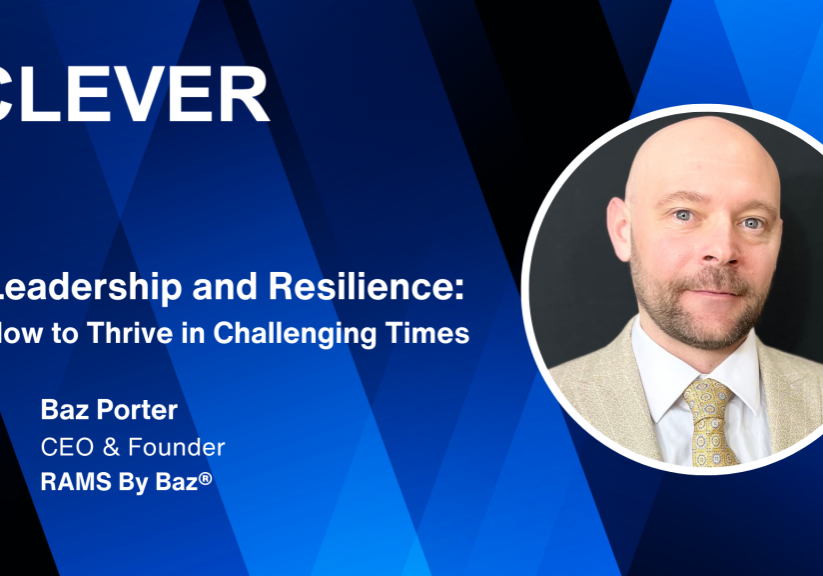
Audrey Handem
Contributor
Audrey is a VC at Speedinvest, a pan-European early-stage fund.
Adetola Olatunji
Contributor
Adetola Olatunji is a Columbia Business School MBA candidate, investor (formerly of New Profit and Kapor Capital), startup advisor and VC Fellow at BBG Ventures in NYC.
Michelle Dhansinghani
Contributor
Michelle Dhansinghani is a Columbia Business School MBA candidate, founder of VC Unleashed, a global community of BIPOC MBA investors, and head of community for This Week in Fintech.
Sharlene Guiriba
Contributor
Sharlene Guiriba is an MBA and MPP candidate at the University of Chicago and VC Fellow at Harlem Capital primarily focused on web3 and fintech.
Shazia Hasan
Contributor
Shazia Hasan is a communications & marketing leader within the cryptocurrency sector.
On International Women’s Day, Bain Capital Crypto enthusiastically announced its new investment team with a collage of photos revealing that its new lineup consisted solely of men.
Women in all corners of the crypto industry took notice. Faced with the backlash, the original tweet was deleted, Bain Capital Crypto addressed the controversy, and announced Lydia Hilton as a partner shortly thereafter.
Although this was a move in the right direction, we felt it was important to address the crypto industry’s diversity challenges — and how they can be overcome — through the lens of women of color.
By definition, web3 is an inspiring vision for a new iteration of the internet. So why build it the same way as we did Web 2.0?
Why re-build hierarchies of exclusion in this new era? This tweet is only one of many that highlight the challenge of inclusion and the opportunity to broaden crypto’s impact through diversity.
Who benefits from the upside of cryptocurrency?
The lack of women benefiting from the financial upside of crypto disproportionately affects women of color. For example, 16% of NFT artis …












